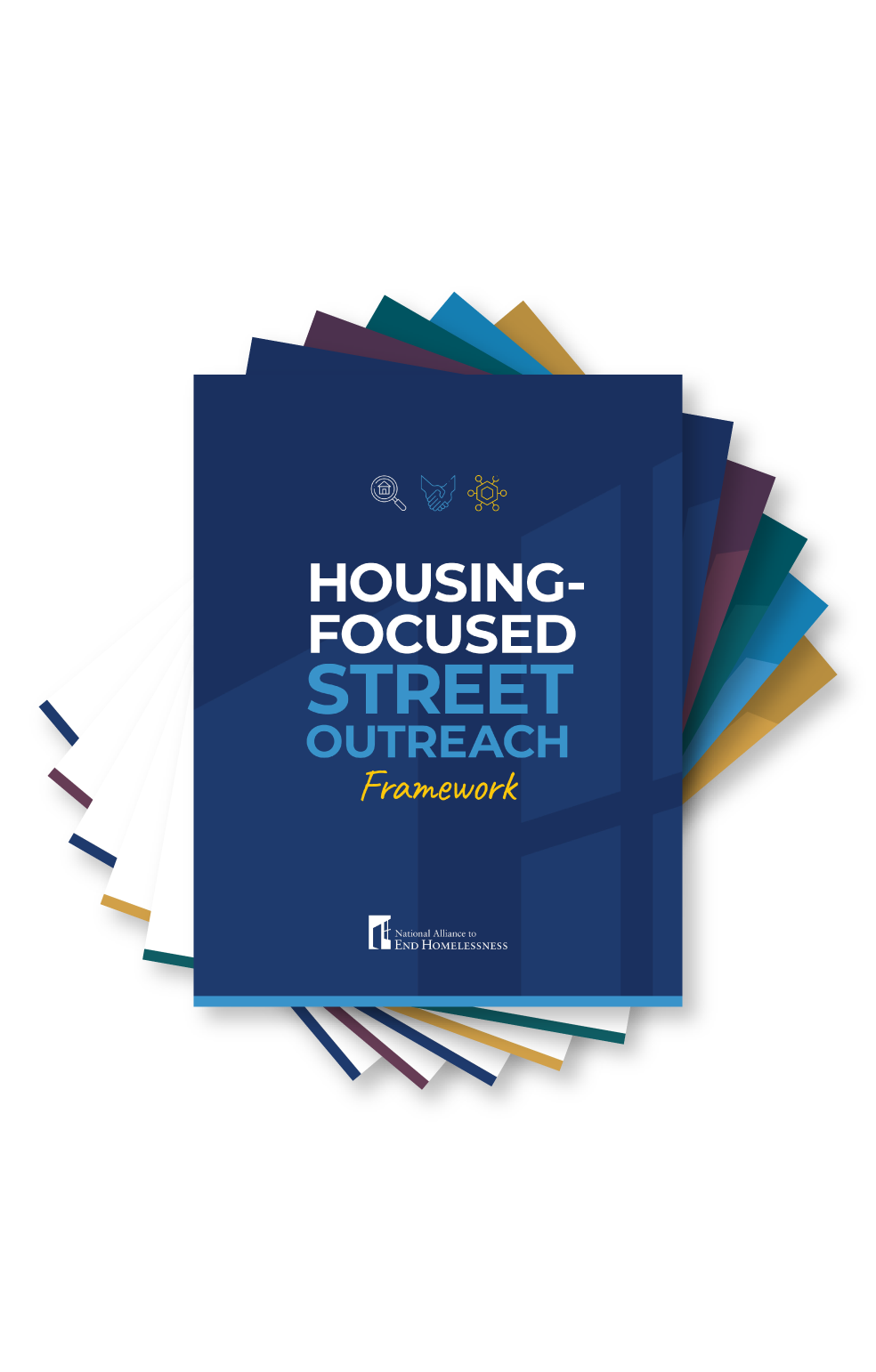Rapid re-housing can end homelessness by quickly connecting people to a home and services.
What is Rapid Re-Housing?
Rapid re-housing provides short-term rental assistance and services. The goals are to help people obtain housing quickly, increase self- sufficiency, and stay housed.

It is offered without preconditions (such as employment, income, absence of criminal record, or sobriety) and the resources and services provided are typically tailored to the needs of the person.
Learn about the core components of rapid re-housing: housing identification, rent and move-in assistance, and rapid re-housing case management and services.
How Rapid Re-Housing Can End Homelessness
Rapid re-housing is a primary solution for ending homelessness. It has been demonstrated to be effective in getting people experiencing homelessness into permanent housing and keeping them there. By connecting people with a home, they are in a better position to address other challenges that may have led to their homelessness, such as obtaining employment or addressing substance abuse issues. The intervention has also been effective for people traditionally perceived to be more difficult to serve, including people with limited or no income and survivors of domestic violence.
Research demonstrates that those who receive rapid re-housing assistance are homeless for shorter periods of time than those assisted with shelter or transitional housing. Rapid re-housing is also less expensive than other homeless interventions, such as shelter or transitional housing.
Make Rapid Re-Housing Part of Your Community’s Solution
Learn more about rapid re-housing.
Stay Updated: Solutions, Stories, and Ways to Make an Impact
Sign up to receive updates on the Alliance’s work, including the latest research, advocacy efforts, and real stories of progress — plus ways you can help drive lasting change.










